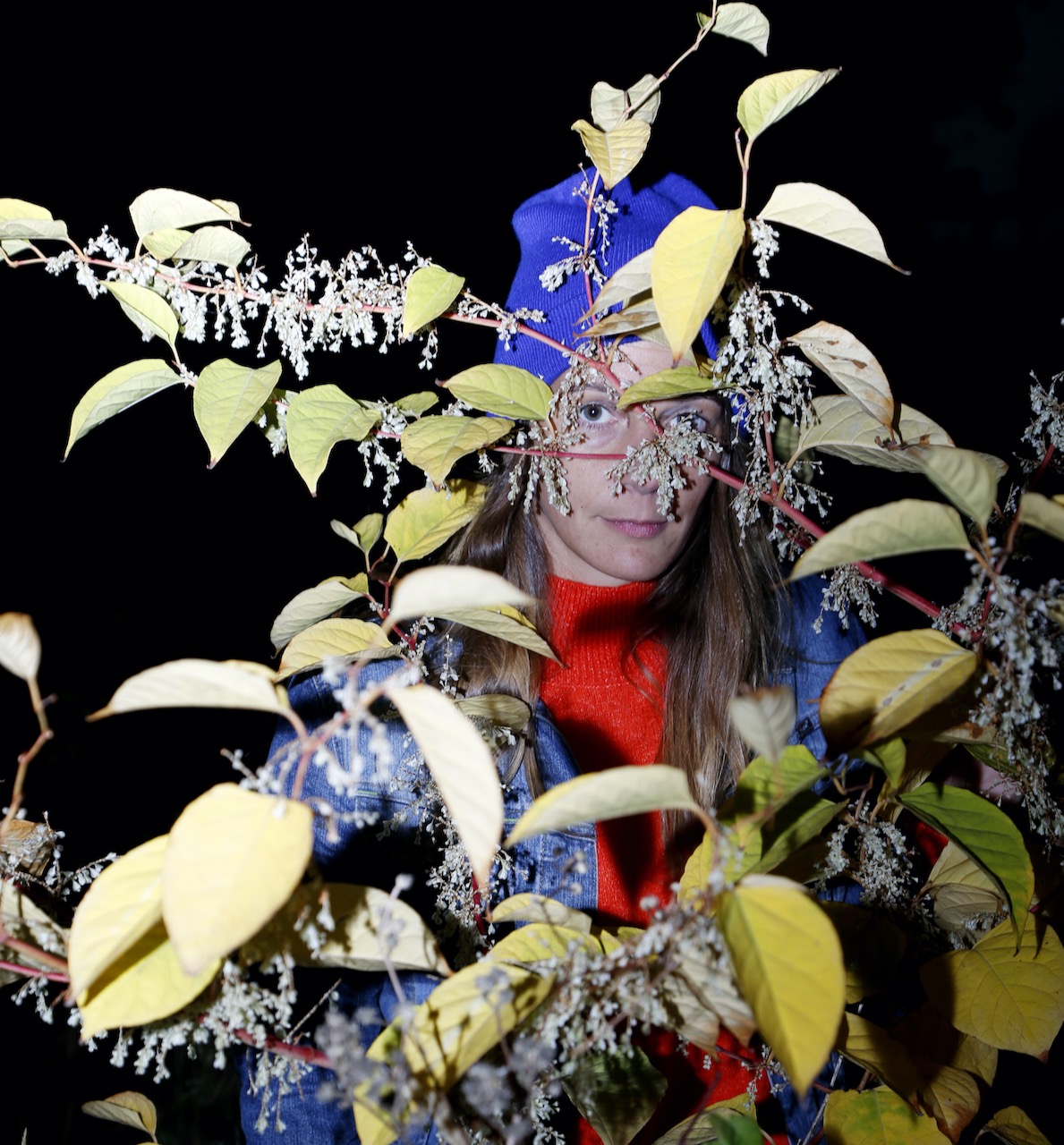The art of Carina Pesch ranges between fiction and reality, always with a strong sense for the specific characteristics of phenomena, people, and places. In her work The Ears May Travel, she explores the physical limitations of travel due to the COVID pandemic, creating a commentary in a time when countries around the globe are closing their borders.
The Ears May Travel is shortlisted for the Sound Walk September 2020 Awards.
Below, Carina talks about her work.
“The Ears May Travel” – does well for a slogan that nails the essence of my work. As a far-traveled social anthropologist, documentary maker, and artist, traveling has always been crucial for my work but also for how I perceive the world. To me the world is an ambiguous, diverse, and ever-changing landscape of ideas and perceptions.
The greatest wealth is to learn from this diversity and to accept that all these seemingly contradicting phenomena exist simultaneously. And in order to perceive this wealth, listening is crucial; Listening to other people in order to find out about their perceptions, desires, and needs, listening to the environment to get clues for its wellbeing, and listening, in contrast to seeing, as a more subconscious and emotional approach to the world.
Sometimes this process of understanding can better be recreated without words purely in sound.
But there is more to traveling. My first trips to Asia and Africa as a teenager not only taught me a lot and triggered the desire to share the experiences made, the stories discovered, and the lessons learnt, but also made very clear the privilege of traveling.
Traveling always has a political dimension. Whether we are allowed to cross a border depends on the coincidence of where we were born and which passport we possess.
How we see life across that border depends largely on our upbringing, culture, gender, age, and past experiences. Who travels collects and spreads information and world views. Who talks about these travels might be heard and influence others. Which voices and perceptions will be heard and which will not? Traveling comes with great responsibility and the need to reflect one’s own position in the world.
The album “The Ears May Travel” wants to be a soundtrack for these reflections. It came into existence during the pandemic in spring 2020.
During lockdown I felt the urge to travel – at least in imagination. I browsed my field recording archives but not only to escape my own four walls, to relax, and to have a vacation for the senses. I sat at home following the news, listening to friends and realized a withdrawal into privacy while devastating political agendas where pushed forward. I felt the urge to broaden the horizon again.
Field recording compositions have the persuasive power to transmit atmospheres and to bring listeners to far away places. They create a soundtrack for our own thoughts, memories, and imaginations. They can trigger feelings and (re)create desires by intimate and intense personal experience. Experiences can remind us of what is truly important to us and motivate action.
By sharing these sonic, and thus physical, experiences, I wanted to create a commentary in a time when countries around the globe were closing their borders, many people were hiding in their homes, not only physically but also mentally, while being shouted at from all different directions.
The album assembles different soundwalks and compositions that reflect different topics of importance. It goes places that changed dramatically (in sound) during lockdown, that stand for ebbing flows of tourists, ebbing flows of income, and a drastic change for leisure time, sport, and social activities. It also travels places that show how far noise pollution has gotten, and the permanent simultaneity of natural and human-made sounds.
It encourages to curiously explore the environment, to interact with it, to engage with it. It creates atmospheres full of beauty, weirdness, and tension.
It wants to inspire unique thoughts and reflections, instead of making statements and judgements.
Bringing to consciousness the beautiful weirdness of this planet with all its ambivalent tensions, I hope to inspire active examination of the current state of the world.
Accept. Question. Debate. Create.
Carina’s background to her work is the seventh in a series of the artists shortlisted for the Sound Walk September 2020 Awards talking about their work.


